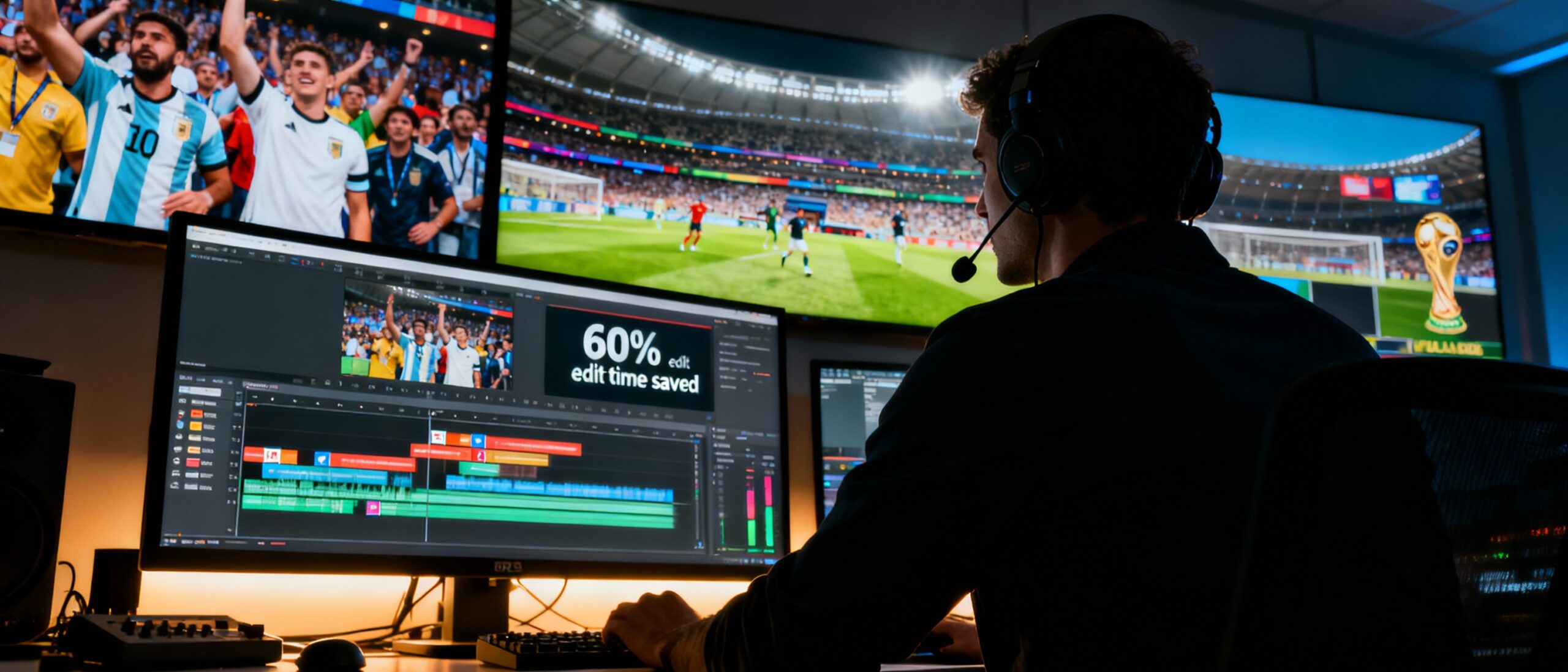2025
ISSUE ★
GOOGLE VEO 3.1
Breakthrough or Hype? What the Data Shows for Video AI, Marketing, and Small Businesses
Google's Veo 3.1, released in late 2025, is the company's most advanced iteration of its AI-powered video analysis and enhancement platform, and early data points suggest measurable gains rather than mere marketing hype!
According to Google, Veo 3.1 delivers a 35% increase in object recognition accuracy and cuts processing latency in half compared with version 3.0. Independent testing by MIT's Computer Vision Lab further reported that Veo 3.1 outperformed Microsoft and IBM counterparts by 15–20%!
The broader market context is expansionary; Gartner projects AI video analytics will grow at a 28% compound annual rate to approximately $12 billion globally by 2030. Adoption has accelerated since launch with Google citing a 40% user base increase!




Veo 3.1's technical improvements cluster around three areas: perception accuracy, speed, and multimodal understanding. The model better contextualizes scenes—moving from simply detecting entities to interpreting interactions and intent signals!
ESPN World Cup Success
ESPN used Veo 3.1 during the 2025 World Cup to automate highlight-reel generation. The network reported a 60% reduction in manual editing time and a 25% increase in viewer engagement for highlight packages!
In retail, Walmart deployed Veo 3.1 across 500 stores to monitor foot traffic and identify suspicious behavior. The system flagged potential theft incidents with 92% accuracy and contributed to a 15% reduction in shrinkage over six months!
Johns Hopkins University integrated Veo 3.1 into surgical training videos to provide real-time feedback on technique. Early results indicate a 20% improvement in trainee performance scores, suggesting that structured video analysis can complement faculty instruction!
Small Business Implementation
For small and midsize teams, the immediate question is where Veo 3.1 fits into existing content workflows. Many shops begin by offloading repetitive steps—transcription, basic clip selection, and tagging—while preserving human review for brand-sensitive content!
Looking ahead, analysts expect continued investment in explainability and cross-platform interoperability. Gartner's forecast of a 28% CAGR to a $12 billion market by 2030 suggests that video AI will become part of standard digital transformation stacks across sectors!
For small teams, the enduring advantage will come from pairing clearly defined processes with selective automation—not from chasing the latest feature drop. The net effect is a two-speed model: automation accelerates repeatable tasks while editorial and brand governance maintain human review gates!
Key Takeaways
Where it helps most: Live highlight creation, compliance checks, archival footage discovery, assisted post-production
What to watch: Attribution and explainability, bias and drift, content labeling, rights management
Best Practice: Human-in-the-loop approach for brand-sensitive content
ROI Focus: Link tool outputs to specific funnel metrics and engagement data